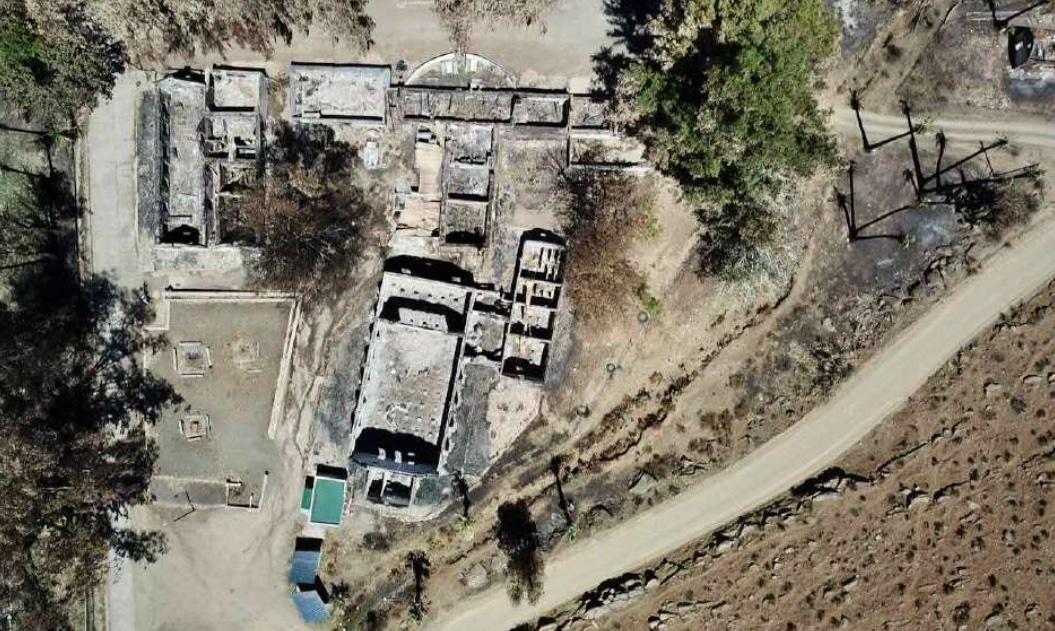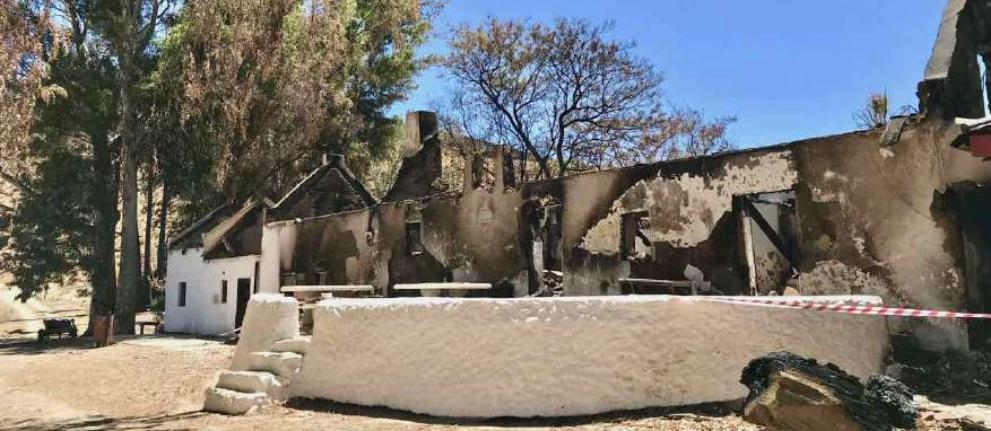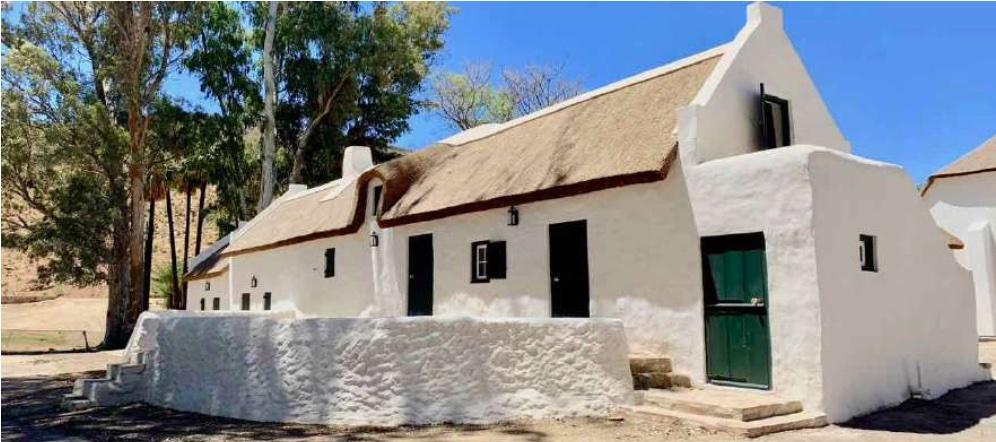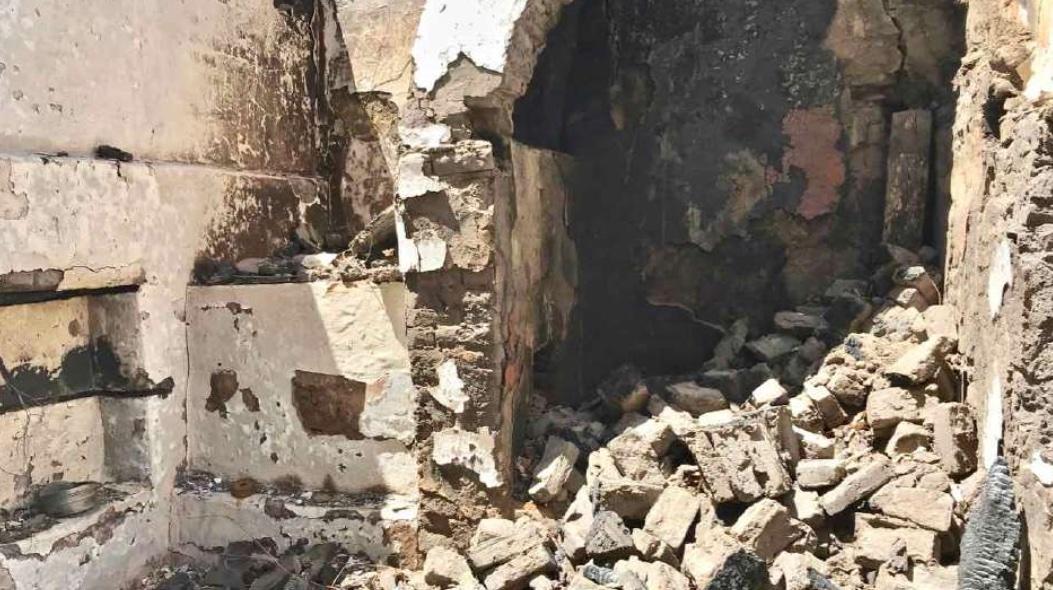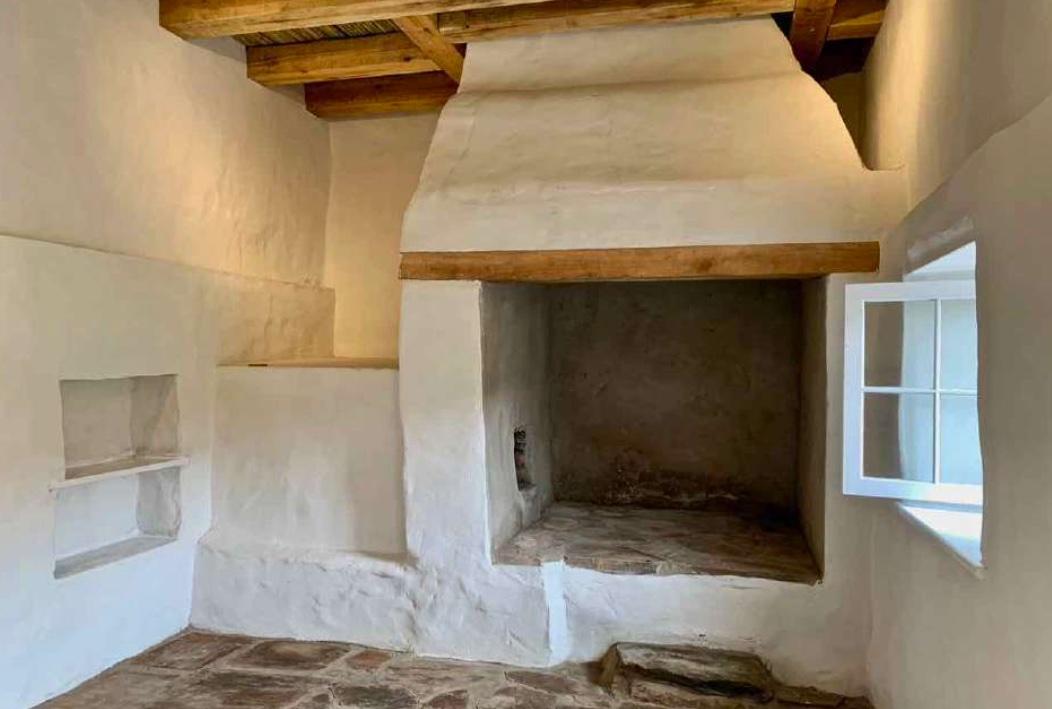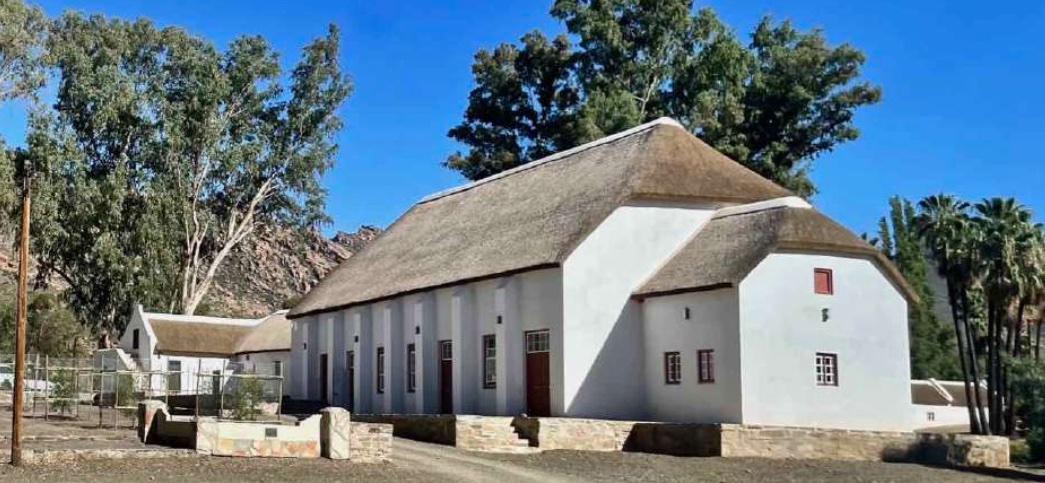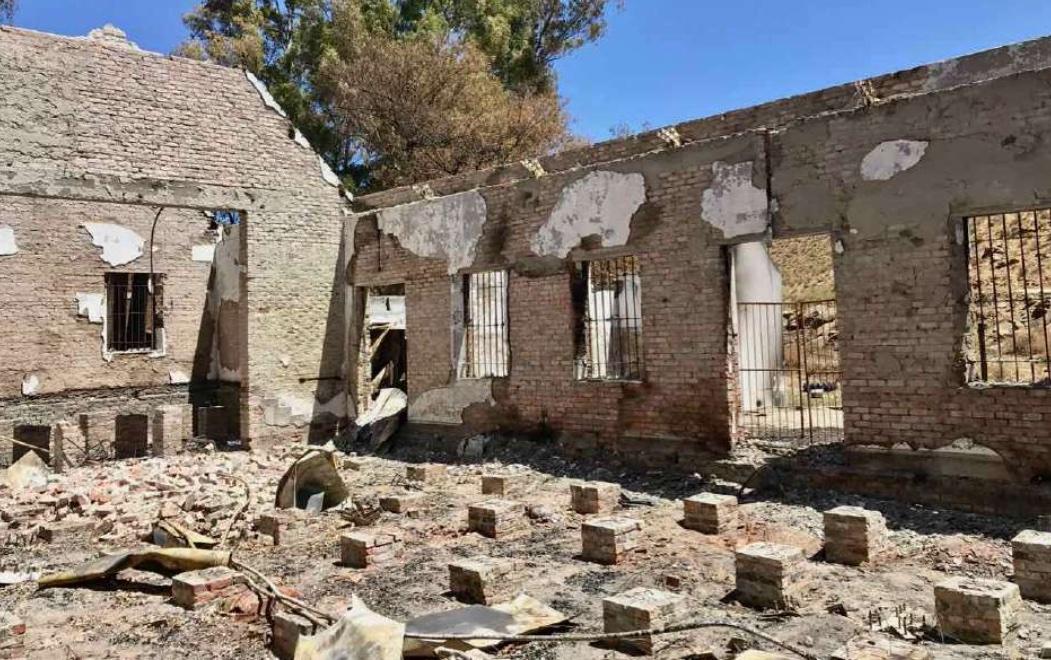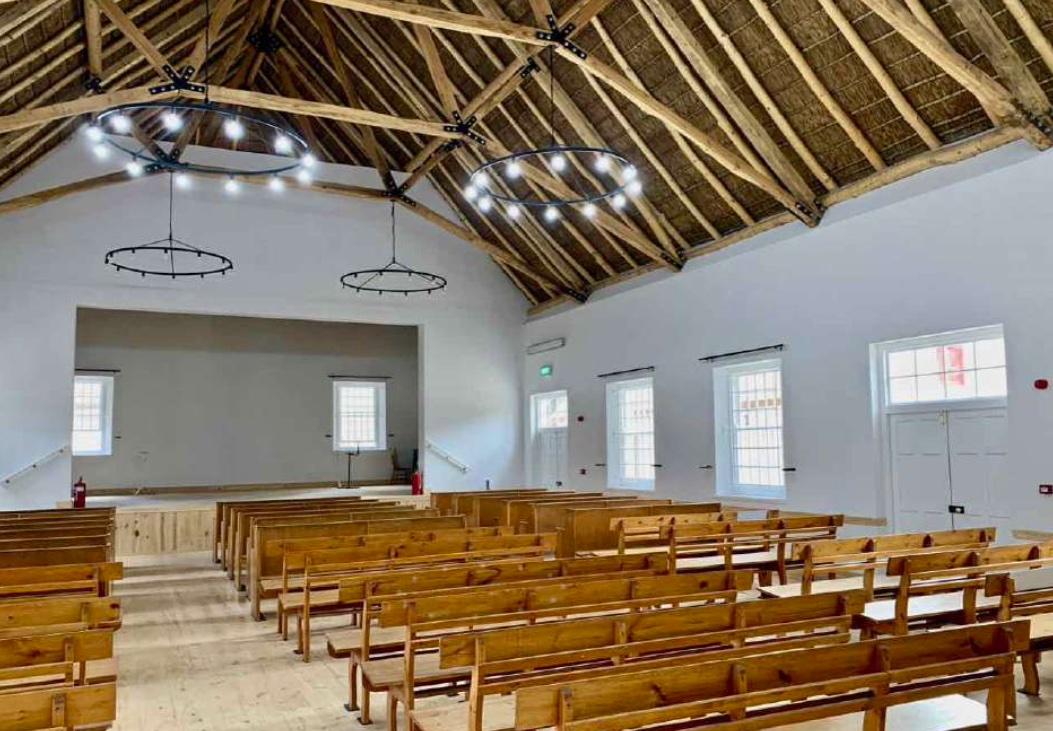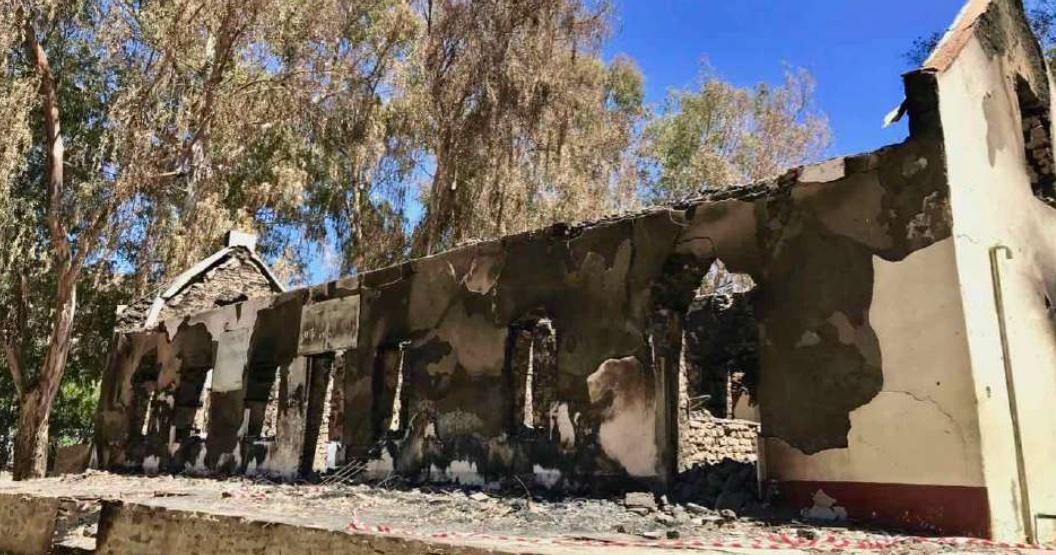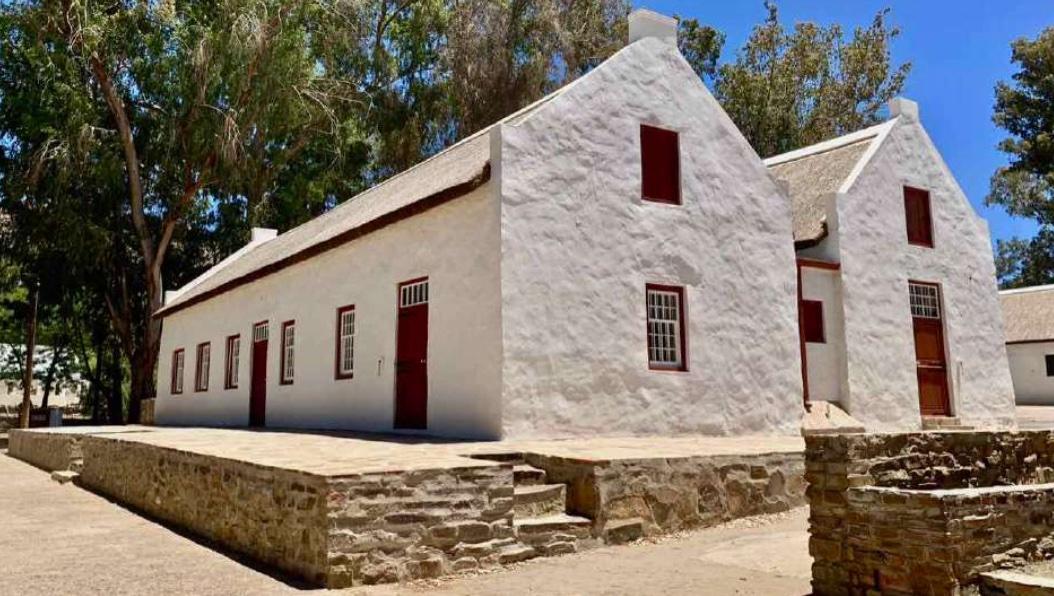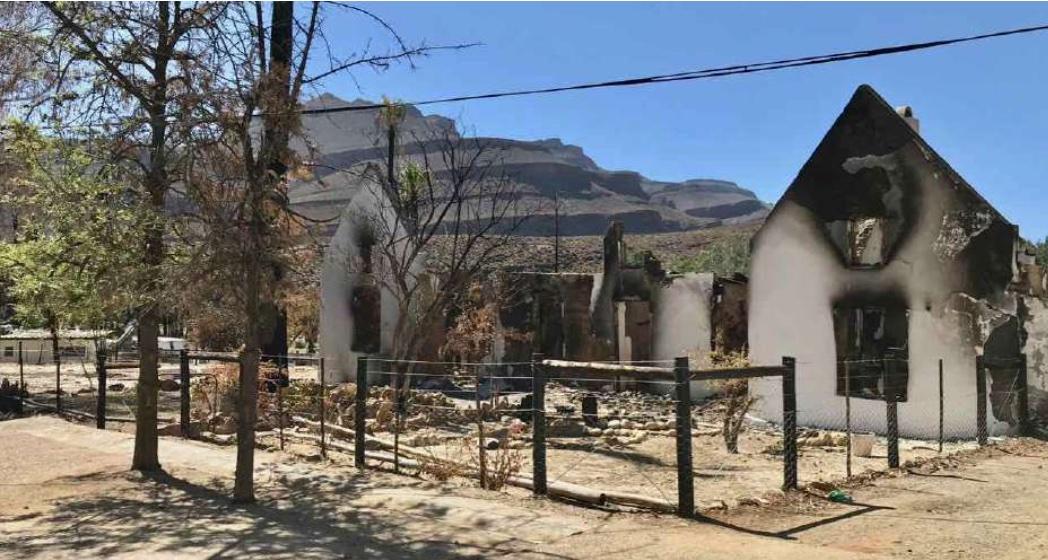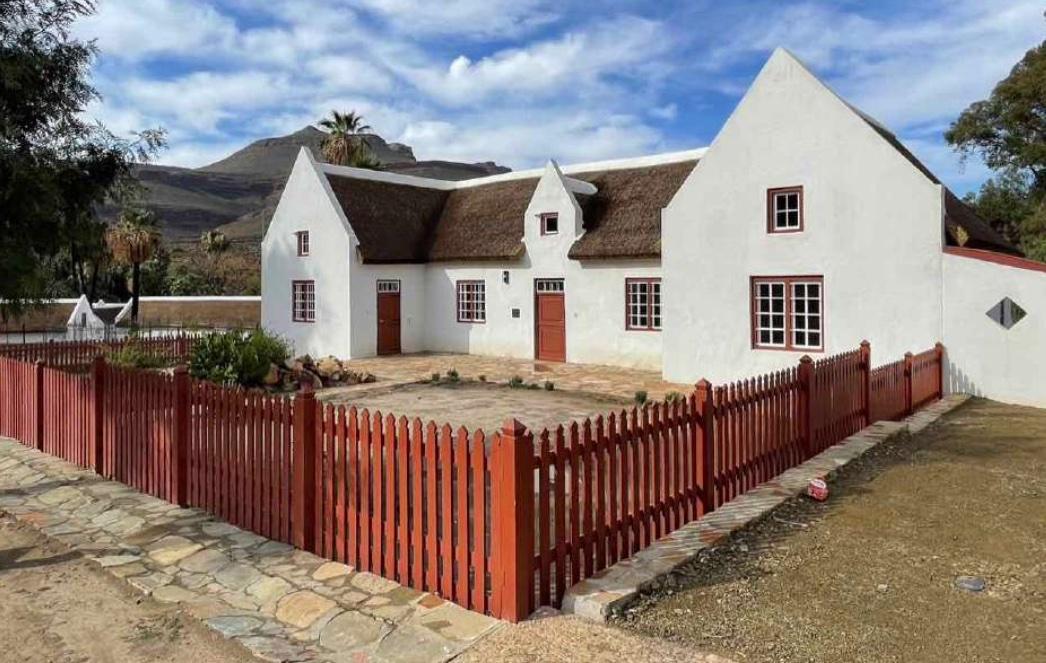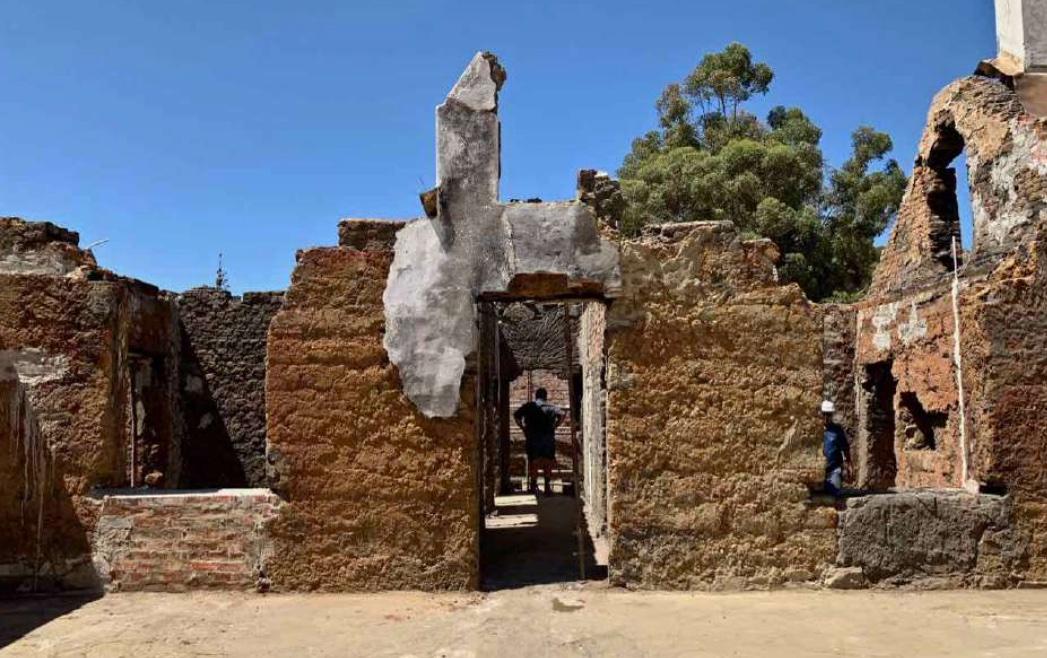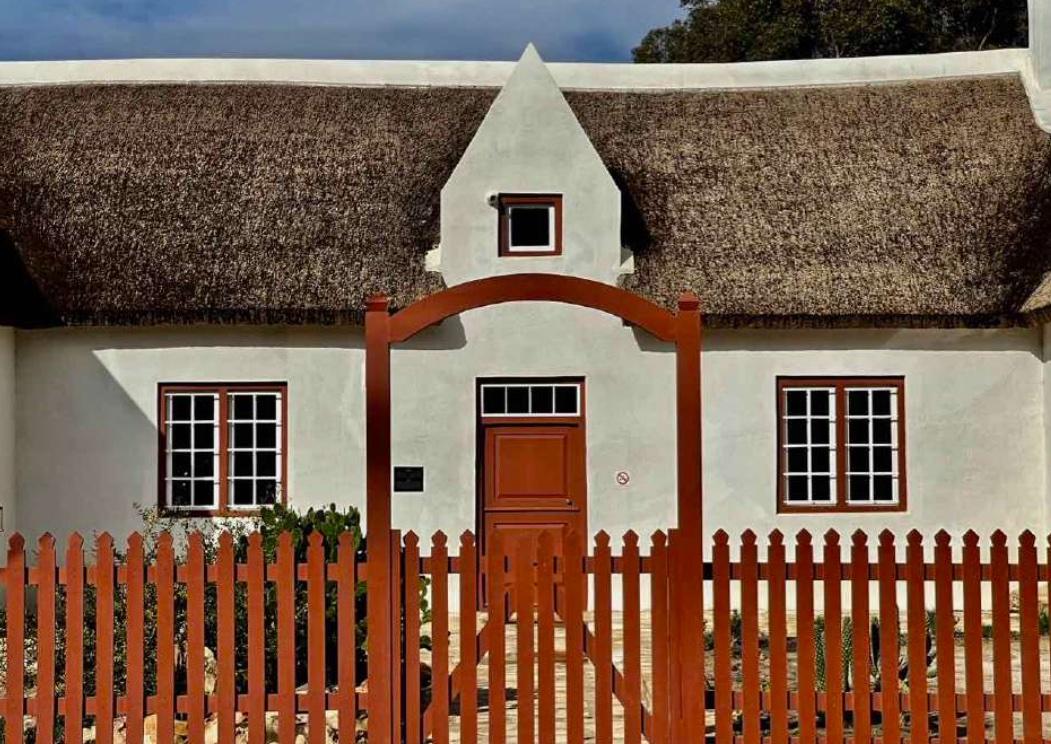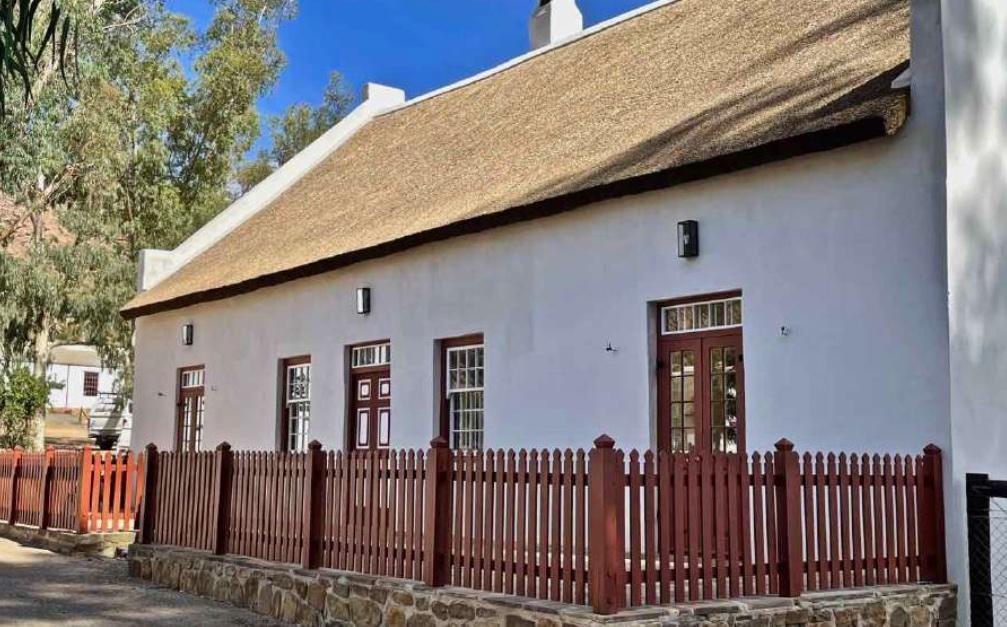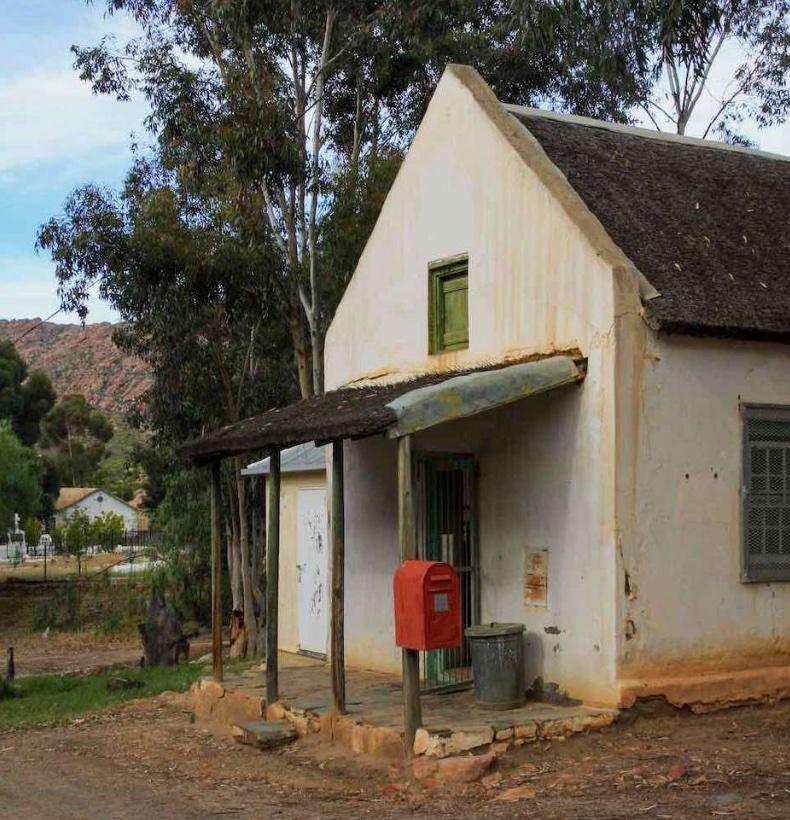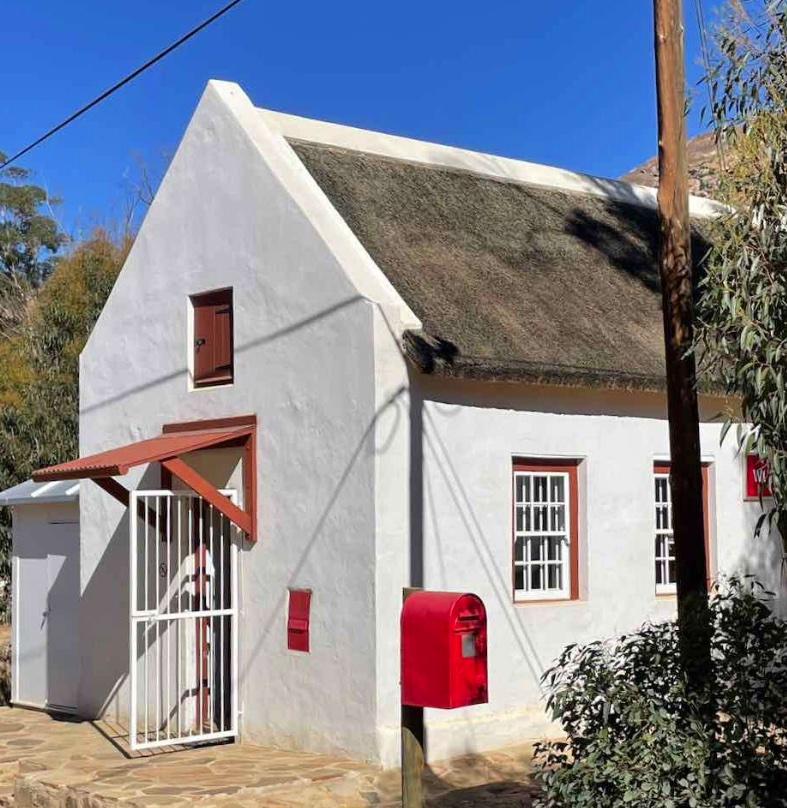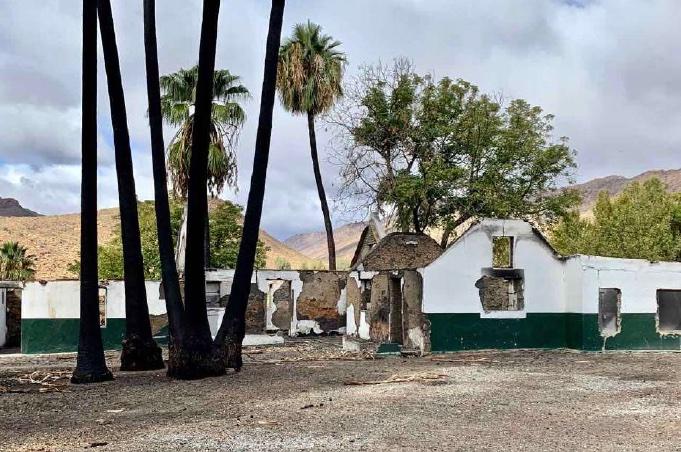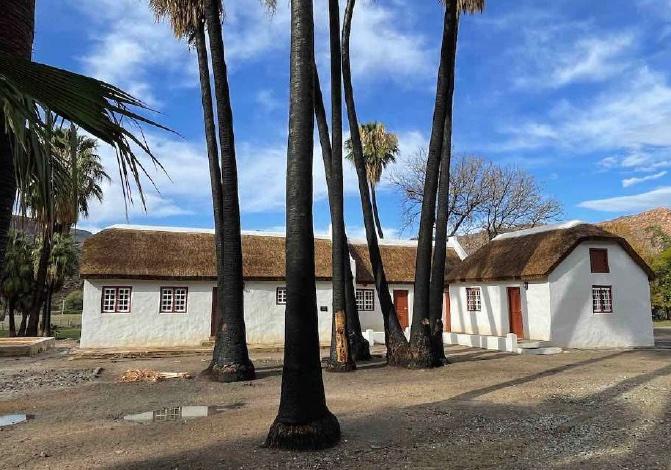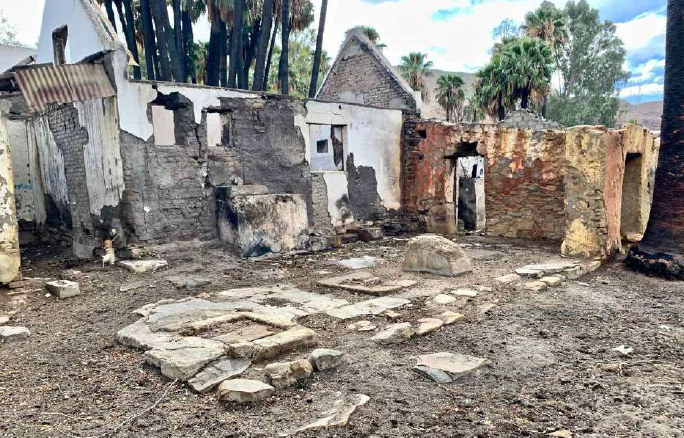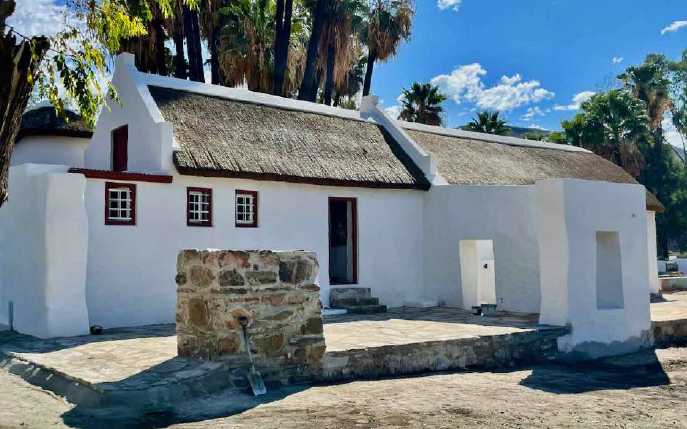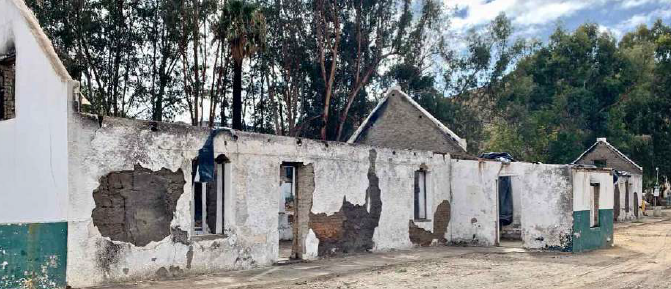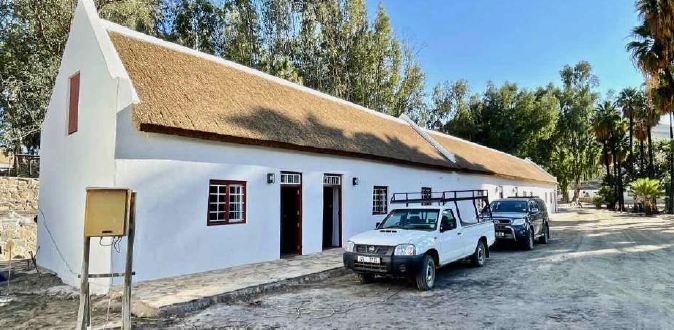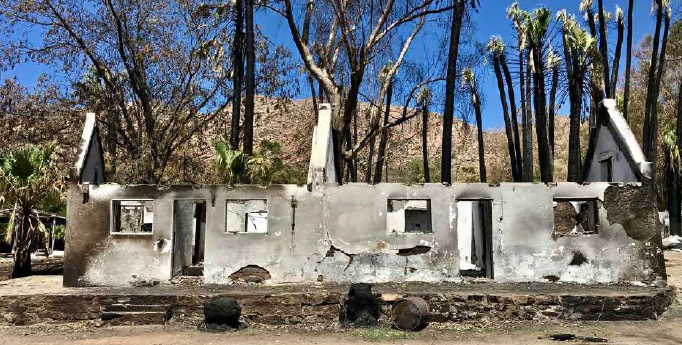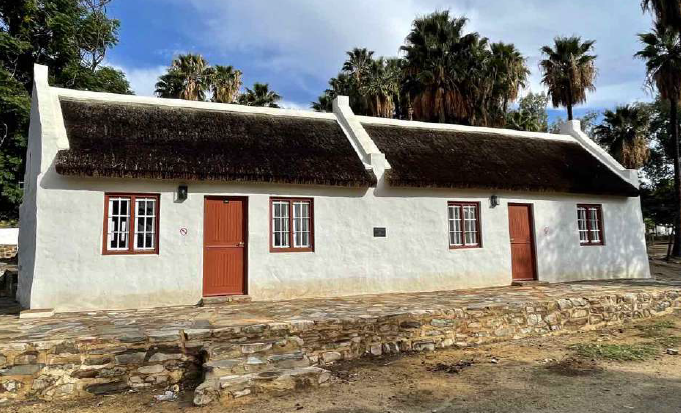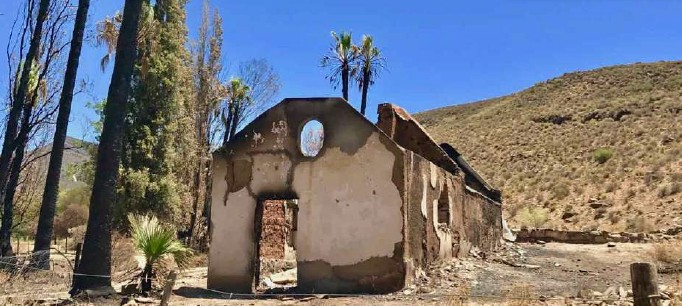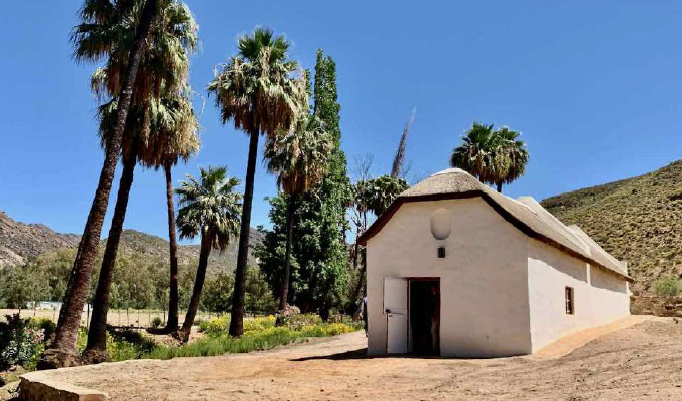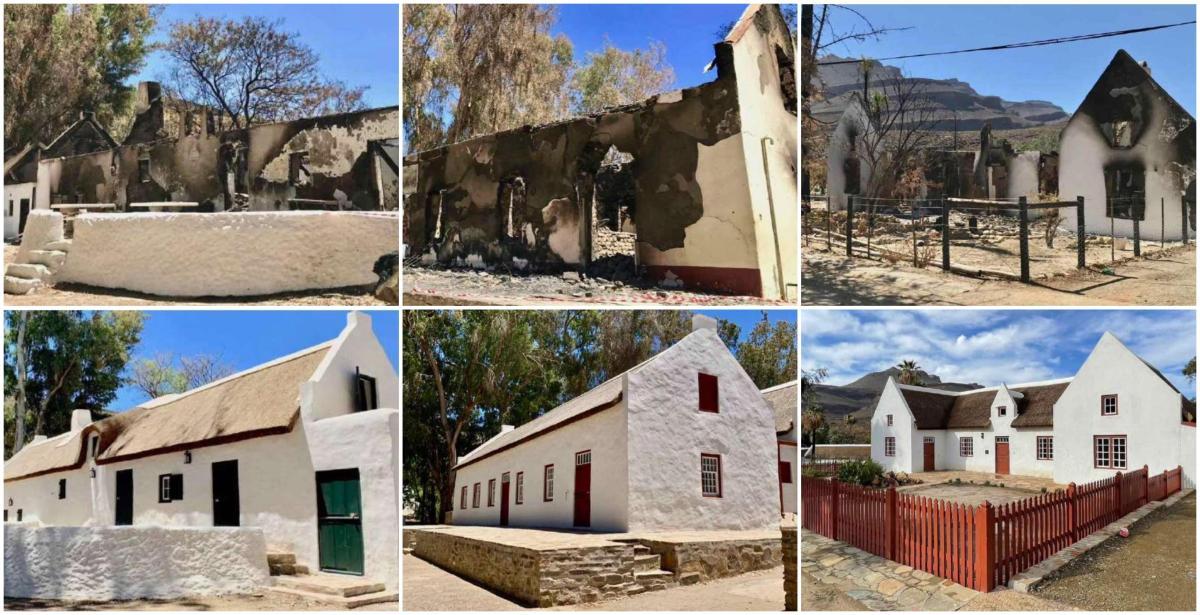
Disclaimer: Any views expressed by individuals and organisations are their own and do not in any way represent the views of The Heritage Portal. If you find any mistakes or historical inaccuracies, please contact the editor.
Wupperthal, established in 1830 as South Africa's first Rhenish mission station, sits in the isolated Tra Tra River valley, about 250 km from Cape Town. Founded by missionaries Baron Theobald von Wurmb and Gottlieb Leipoldt, it became a haven for freed slaves and surviving Khoe San people. The settlement grew rapidly, developing from its initial church and school to include a tannery, shoe factory, and residential areas with thatched houses by the 1850s. It transferred to Moravian Church management in 1965.
On December 30, 2018, tragedy struck when a fire devastated the historic town. The blaze, fueled by strong winds and dry conditions, destroyed 52 houses and several historic buildings, leaving approximately 200 people homeless and claiming one life. The disaster was considered the worst to affect South African built heritage since the 1969 Tulbagh earthquake.
The response to this catastrophe was swift and widespread. The Rupert Foundation emerged as the primary benefactor, funding most of the rescue restoration works in the town center. A team of specialists, including architects, heritage consultants, and structural engineers, was assembled to carefully restore the historic structures. The photographs below show the devastating impact of the fire and the inspiring restoration efforts.
Aerial view showing the gutted state of some of the buildings in the town centre after the fire. Top centre are the remains of Leipoldt House with its T-shaped plan and semicircular stoep. To the left are the remains of the old Mission Stores building, the first school building in the settlement. Below are the remains of the Community Hall. The Old Blacksmith’s Shop (Smitswinkel) where wagon wheels were repaired after a torturous trip down the mountain pass is just visible on the extreme upper right. The latter was the first building to be gutted in the fire. The road on the bottom right enters Wupperthal from the pass. (Goal Zero Consulting)
Exterior of Leipoldt House after the fire. This building is most probably the original Rietmond farmhouse, pre-dating the arrival of the Rhenish missionaries by about 30 years. The uncharacteristic semicircular stoep appears to have been used as a podium from which open air services were conducted before the church was completed, explaining its non-traditional shape. (ARCON, 25 October 2019)
Exterior of Leipoldt House after restoration. (ARCON, 27 November 2020)
The kitchen hearth of Leipoldt House after the fire which collapsed after the supporting bressumer beam burned through. (ARCON, 24 January 2019)
The kitchen of Leipoldt House after restoration and reconstruction of the hearth flue. (ARCON, 1 September 2020)
The Community Hall was constructed in c1980 and is consequently the most recent public building in the town. Work was prioritised so that the hall, on completion, could be used for church services while the church was being re- thatched. Re-thatching was decided upon after noting the poor condition of the church roof even though the building not having sustained fire damage. (ARCON, 24 January 2019)
Exterior of the Community Hall after restoration. The small addition in the foreground replaces an earlier cement brick addition that stored the brass band’s instruments, and suffered bad structural cracking in the fire. It had to be totally reconstructed because of the damage sustained to its cement brick walls. The walls and buttresses of the main hall were able to be retained. The building is relatively recent, having been constructed in 1980. It was designed by renowned architects Revel Fox & Partners. (ARCON, 8 June 2021)
Gutted interior of the Community Hall after the fire (ARCON, 24 January 2019)
The interior of the Community Hall after restoration was practically complete. The roof trusses are a more rustic re-design of the destroyed originals, which had been made of uniformly turned members. The simple chandeliers were specially designed for the interior. (ARCON, 9 July 2020)
The Mission Stores, one of the oldest buildings constructed or enlarged by the Rhenish missionaries, originally housed the first school in Wupperthal. Fransen records the building as having sash windows stylistically dating back to c1830 with much internal timberwork of the same period. All of this was, most unfortunately, lost in the fire. (ARCON, 24 January 2019)
At the request of the Moravian Church, it was decided to restore the building to include a restaurant and kitchen as an opportunity for promoting local business and job creation. (ARCON, 24 January 2019)
The date of construction of the Old Parsonage is not clear, but appears to have been built shortly after 1845. Rev Gottlieb Leipoldt would probably have used this building as his residence after Leipoldt House. It appears to have been constructed in two stages, the earlier central portion using rammed earth (an old pioneer construction technique) with flanking wings constructed of bricks, added later. (ARCON, 24 January 2019).
The Parsonage after restoration. The palisade fence was copied from remains that survived the fire in front of the Winkelhuis opposite. (ARCON, 8 June 2021)
The front façade of the Parsonage after the fire debris had been cleared. The rammed earth construction of the central portion of the facade is clearly evident in the horizontal wall striations. (ARCON, 30 January 2020)
The front façade of the Parsonage after restoration (ARCON, 8 June 2021)
Die Winkelhuis, or ‘Winkelier se Huis’ (Shopkeeper’s House) is said to have been constructed in c1838, not long after the church building was completed. At the time of the fire, it was the administration building of the town and meeting place for the local church Council. Sadly, almost all of its timber joinery and carpentry, much of which had been original, was lost in the fire. (ARCON, 23 March 2021)
The Winkelhuis front façade after restoration (ARCON, 9 March 2021)
The date of the Post Office building is not known but suspected to date back to the earlier half of the 20th C. The building was left almost completely undamaged by the fire apart from its thatched front entrance canopy which had totally burned away. Fortunately, the main thatch roof had not caught fire. The building was, however, in need of maintenance. That included requiring attention to extensive cracks in its walls. It was therefore decided to repair the cracks, repaint the building and construct a new canopy. This new canopy is a smaller cantilevered corrugated iron roofed structure and not thatch. Another thatch version would have deteriorated faster, considering its shallow pitch. (Gabriel Fagan Architects, 2009)
The Post Office Building after refurbishment including new paving on the front stoep using locally sourced sandstone laid by local labour. A smaller corrugated iron front entrance canopy replaced the previous burned out thatch canopy which had been pitched too shallow to withstand the weather for long. (ARCON, 18 May 2021)
The Old Tannery comprises a cluster of attached buildings that did not form part of the original restoration program. It was only after blackened masonry walls were discovered in the midst of piles of fire-twisted metal that had previously been a group of prefabricated buildings, that it was realised that the blackened walls were the remains of the settlement’s historic tannery. This small complex had supplied the shoe factory with its leather for over a century before the Rev Strassberger moved most of the operation to Clanwilliam, from where it still operates as the oldest shoe factory in South Africa after Wupperthal’s. Shoemaking continued at Wupperthal but on a much smaller scale. (ARCON, 26 May 2020)
When the significance of this small complex was realized, the Foundation offered to include the reconstruction and partial restoration of the Old Tannery buildings in its funding; an offer gladly accepted by the Moravian Church. Locals were quick to confirm that this historic complex with its series of surviving open cement tanning tanks, had supplied the Shoe Factory with its leather until the early 1950’s. The Old Tannery cluster is therefore, in all likelihood, of roughly similar age to the Shoe Factory. It was restored but with new interiors fitted out as guest accommodation for the village, providing yet another opportunity for job creation and local income generation. (ARCON, 4 May 2021)
View of the back of the tannery after the fire (southwest end) showing various remnants of cement and concrete bases which once supported tanning machinery. The ‘stoep’ in the foreground was once under a lean-to roof, and remains of an old stone wall base are visible running diagonally across the foreground. (ARCON, 6 December 2019)
View of the back of the tannery after restoration for use as guest accommodation. The new stone structure in the foreground is a braai. Most of the concrete bases were retained under the new stoep. (ARCON, 4 May 2021).
Before the fire, the school hostel complex comprised three structures, two being former school buildings dating back to the 1840’s and later converted to hostels for the children of the numerous outlying settlements. The third was a dining hall constructed of cement bricks dating from between the mid-to second half of the 20th C. Like the Creche building next to the Community Hall, the dining hall’s cement bricks did not fare well in the fire and the building had to be demolished. (ARCON, 24 January 2019)
The two hostel buildings were retained and restored as guest accommodation, the intention being to provide yet another means for creating job opportunities and additional income for the local community by capitalising on the town’s enormous tourism potential. (ARCON, 4 May 2021).
The date of the Palms Guest House is not known. However, it is suspected that this small building was constructed in the late 19th/early 20th C, and therefore more recent than the other historic buildings in the town centre. It was one of only two guest houses in the village prior to the fire. Like many of the thatch buildings in this part of the village, it was the flaming palm trees during the fire that were the cause of its demise. Consequently, palm trees closest to this and other buildings in the area were removed in the interest of future fire safety. (ARCON, 24 January 2019)
The Palms Guest House after restoration (ARCON)
The Blacksmith’s Shop was the first building to be gutted in the fire, having been closest to where it started. The age of the building is not known but judging from its plastered masonry construction which is similar to that of Leipoldt House, it could be that the part closest to the adjoining threshing floor is another of the original Riedmond farm structures. The Blacksmith’s Shop is on two levels and, with the threshing floor adjacent to a stream has, on occasions, created the mistaken impression that this was once a mill. The lower level contains the remains of a forge which would have been strategically placed for attending to wagon wheels damaged during the torturous mountain descent to the settlement. (ARCON, ARCON, 24 January 2019)
The Blacksmith’s Shop after restoration. (ARCON, 10 November 2020)
Comments will load below. If for any reason none appear click here for some troubleshooting tips. If you would like to post a comment and need instructions click here.

